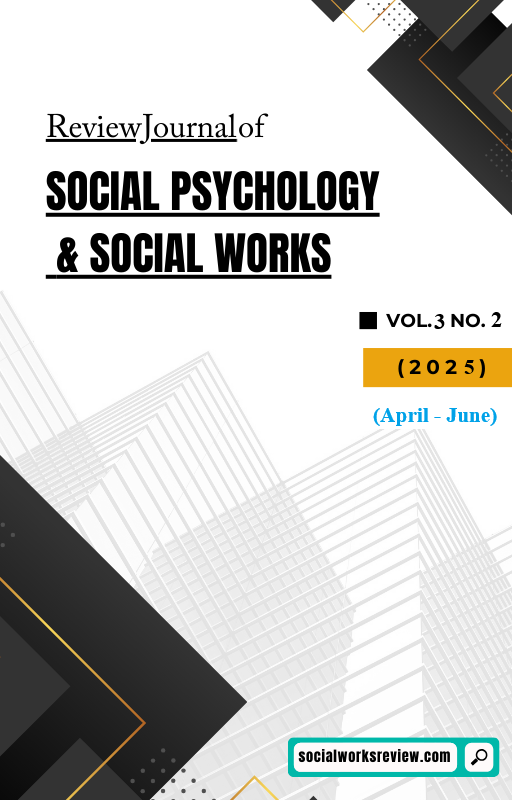From Text to Tech: Exploring the Impact of Digital Humanities on Literary Interpretation
DOI:
https://doi.org/10.71145/rjsp.v3i2.222Keywords:
Computational Literary Studies, Digital Humanities, Distant Reading, Literary Interpretation, Natural Language Processing, Sentiment Analysis, Text MiningAbstract
This study explores the changes brought to literary interpretation by Digital Humanities approaches in Modernist, Postmodernist, and Contemporary eras. The purpose of this paper is to examine how the use of tools such as distant reading, NLP, and topic modeling is changing humanities research. To examine the texts, the research makes use of a hybrid approach, applying elements of digital text analysis and interpretive literary criticism. Analysis was conducted on a purposeful collection of English literature using instruments such as Voyant, AntConc, and Gensim. Tables and diagrams were used to analyze the patterns observed in the texts over different periods. Studies suggest there are significant changes: usage of words related to freedom is higher today, there is a good sense of positivity in texts, and the main focus has shifted from sadness of alienation (Modernist) to the importance of identity (Contemporary). Furthermore, recent texts had a higher lexical density and type-token ratio, which showed that they used a variety of words. Researchers point out that relying solely on DH methods is not enough; a critical eye and traditional methods are also necessary. Researcher should recommend curricula that mix sectors, help design diverse electronic resources, and promote the proper and sustainable use of digital methods. In short, the research calls for finding ways to use technology but prioritize its relevance in various literary fields.





